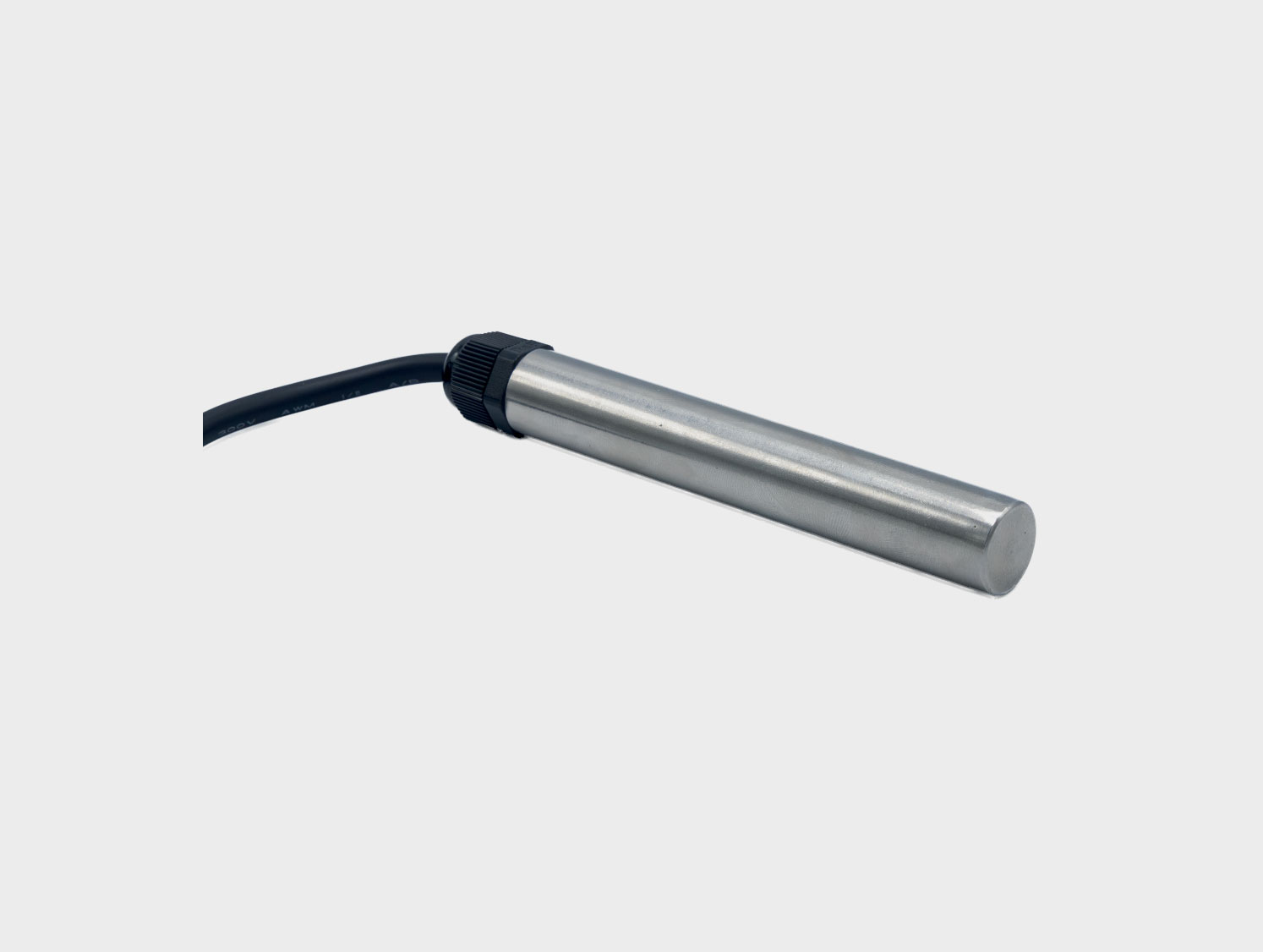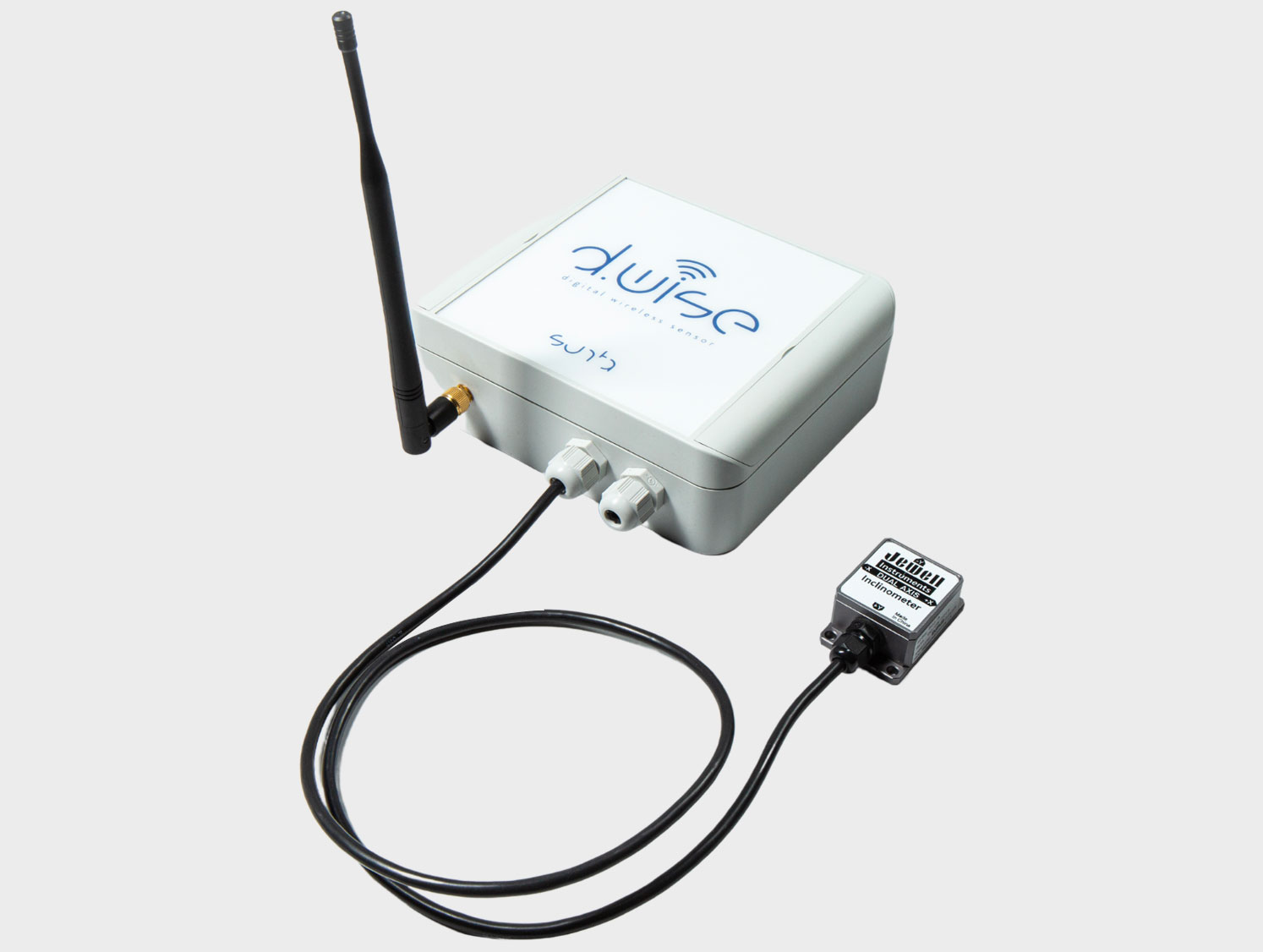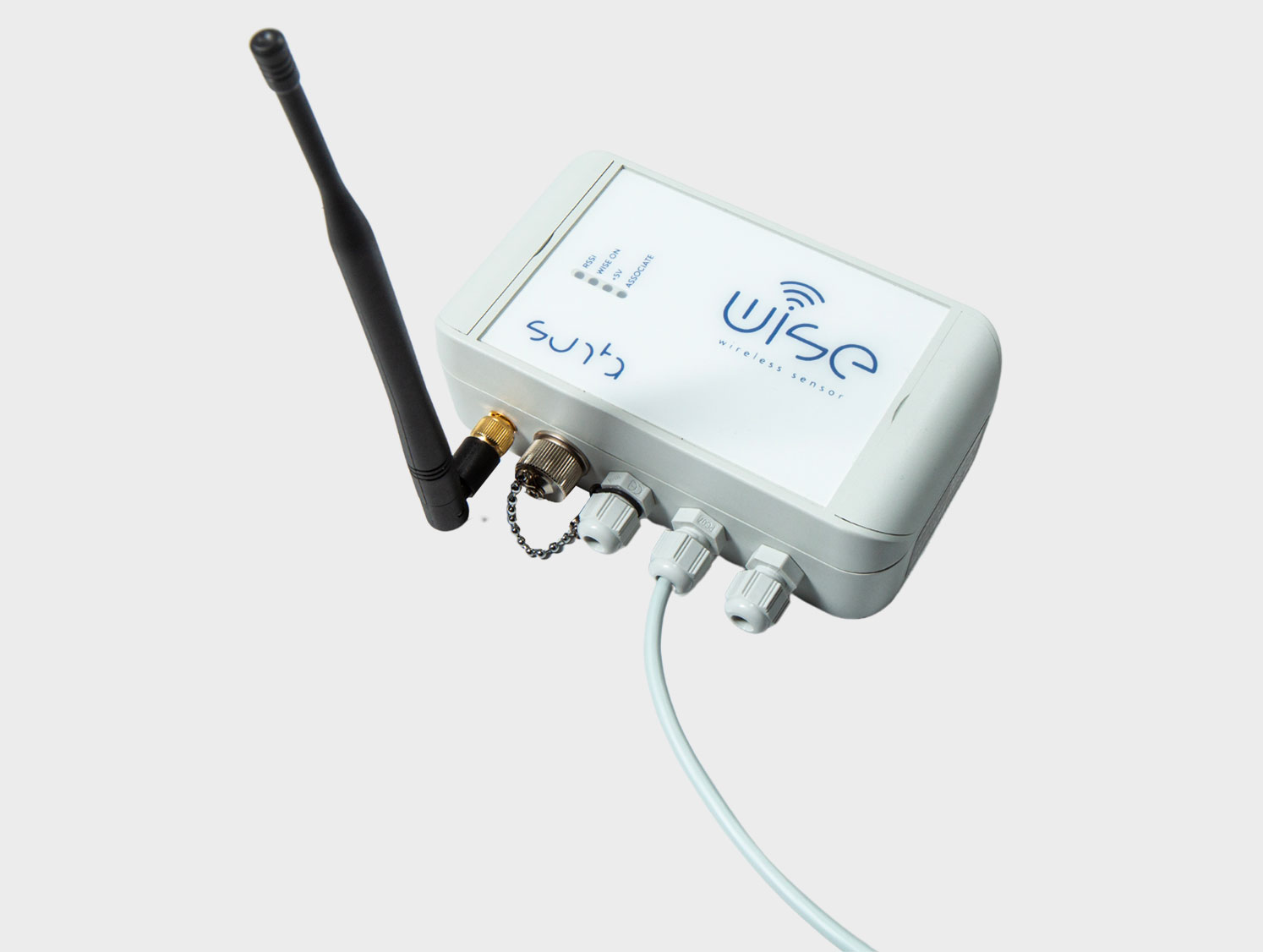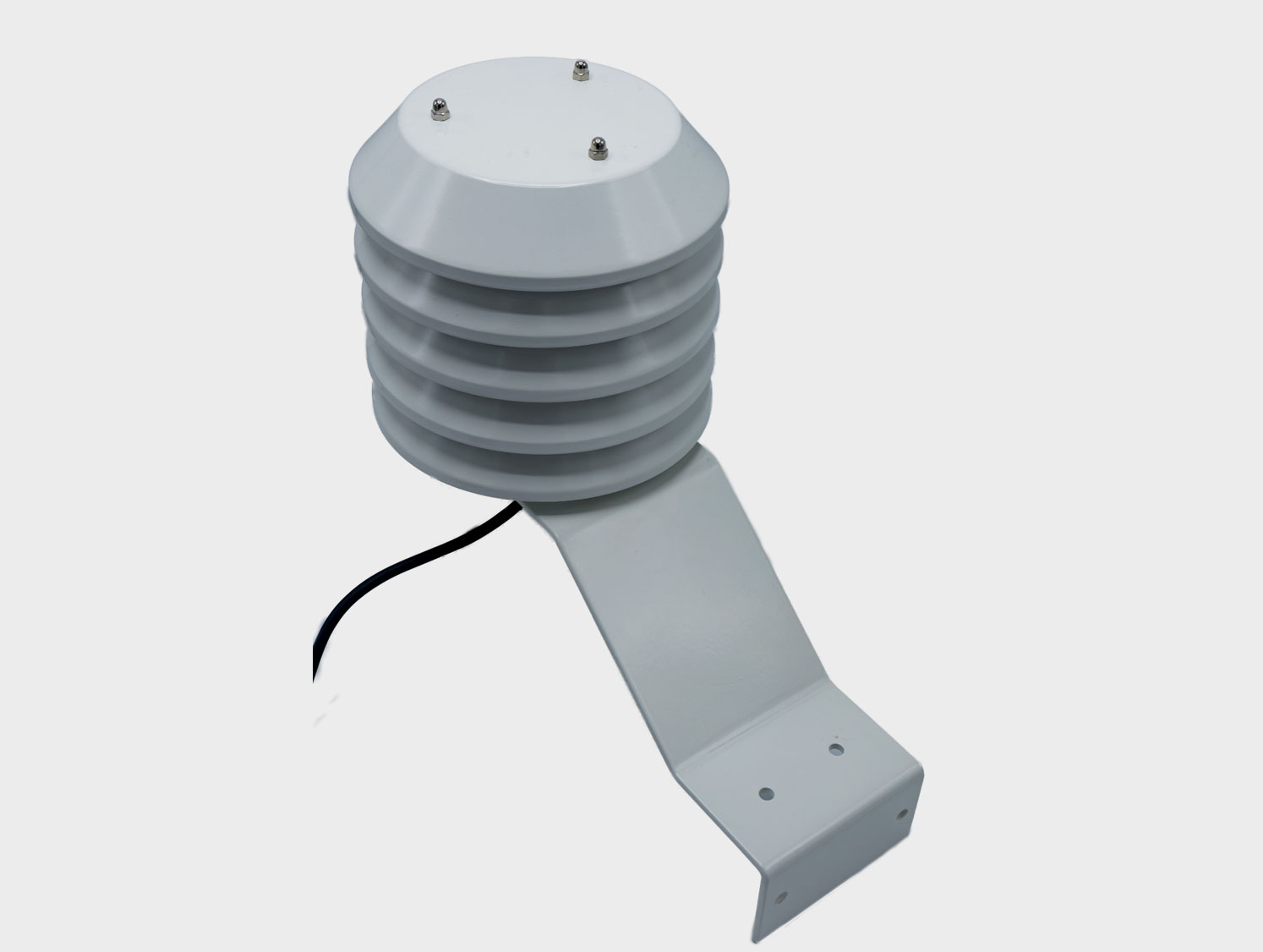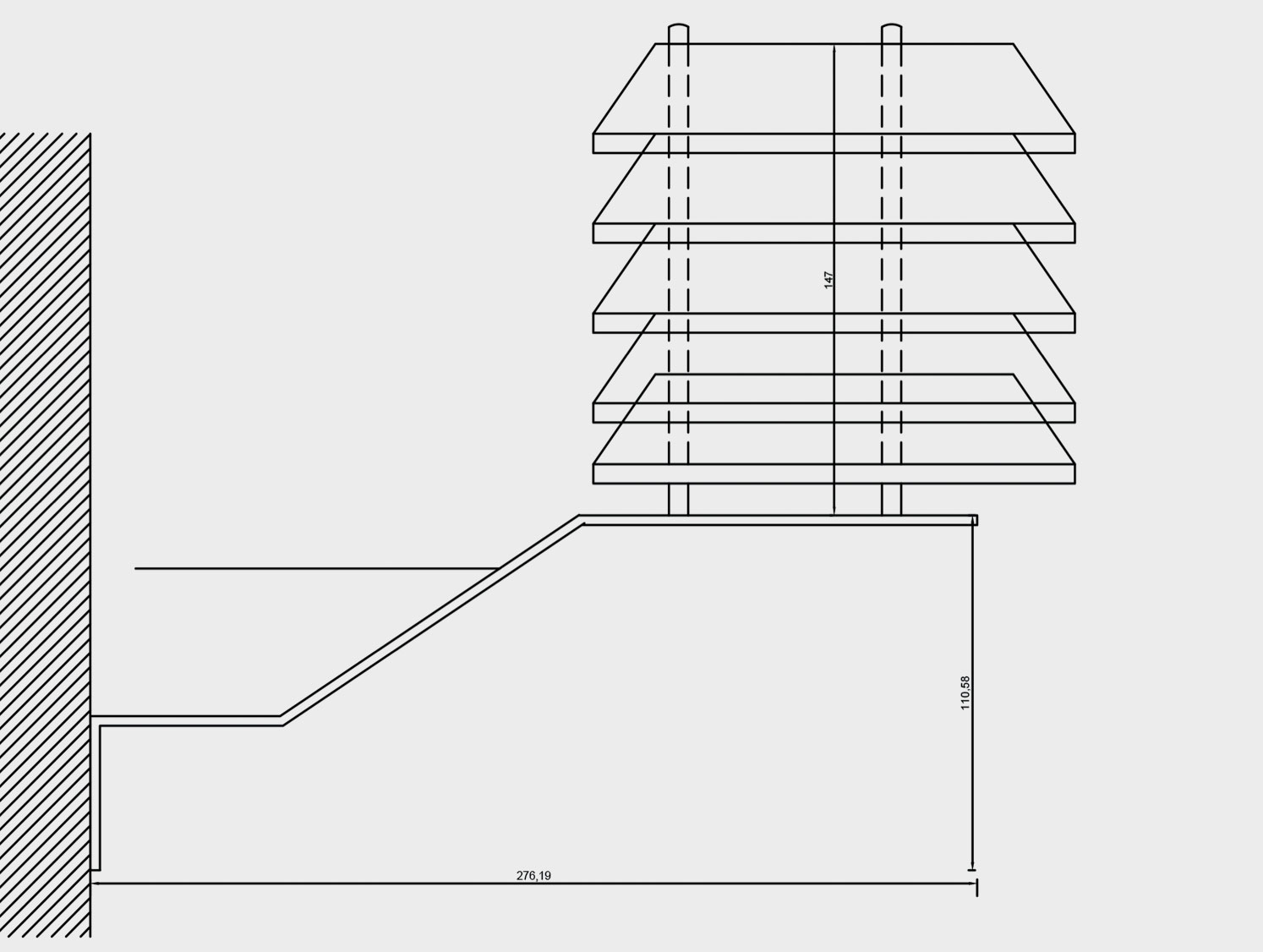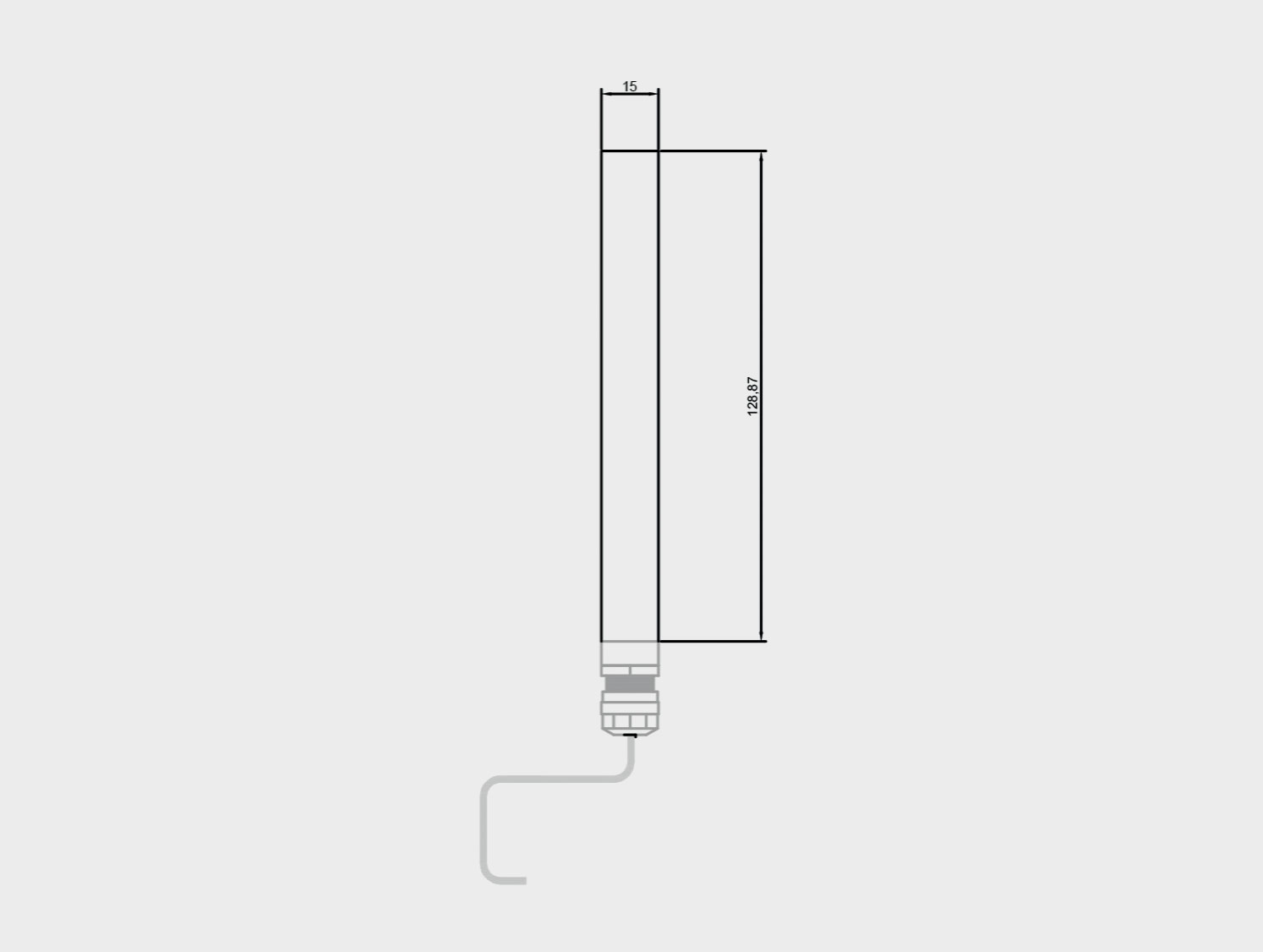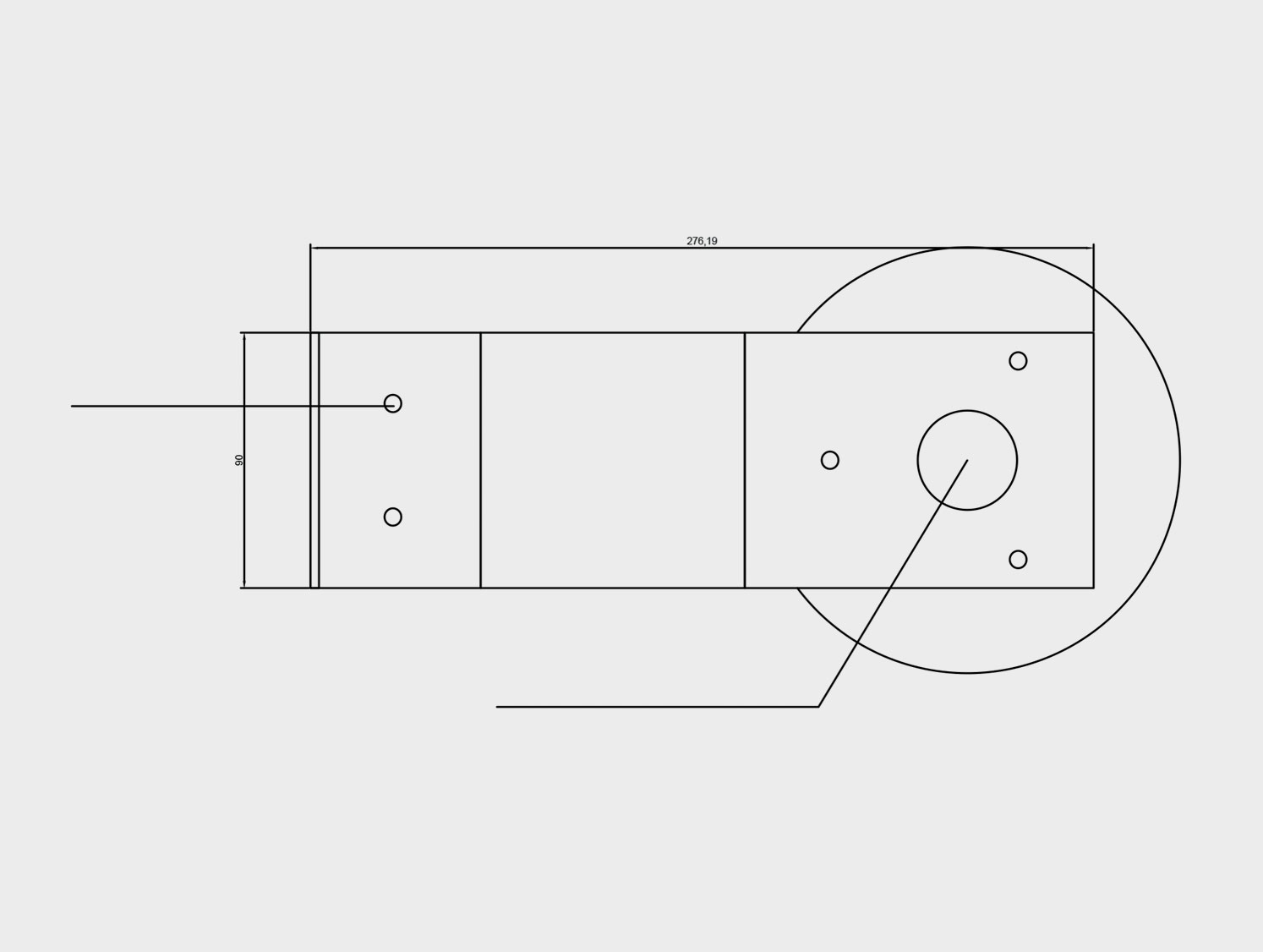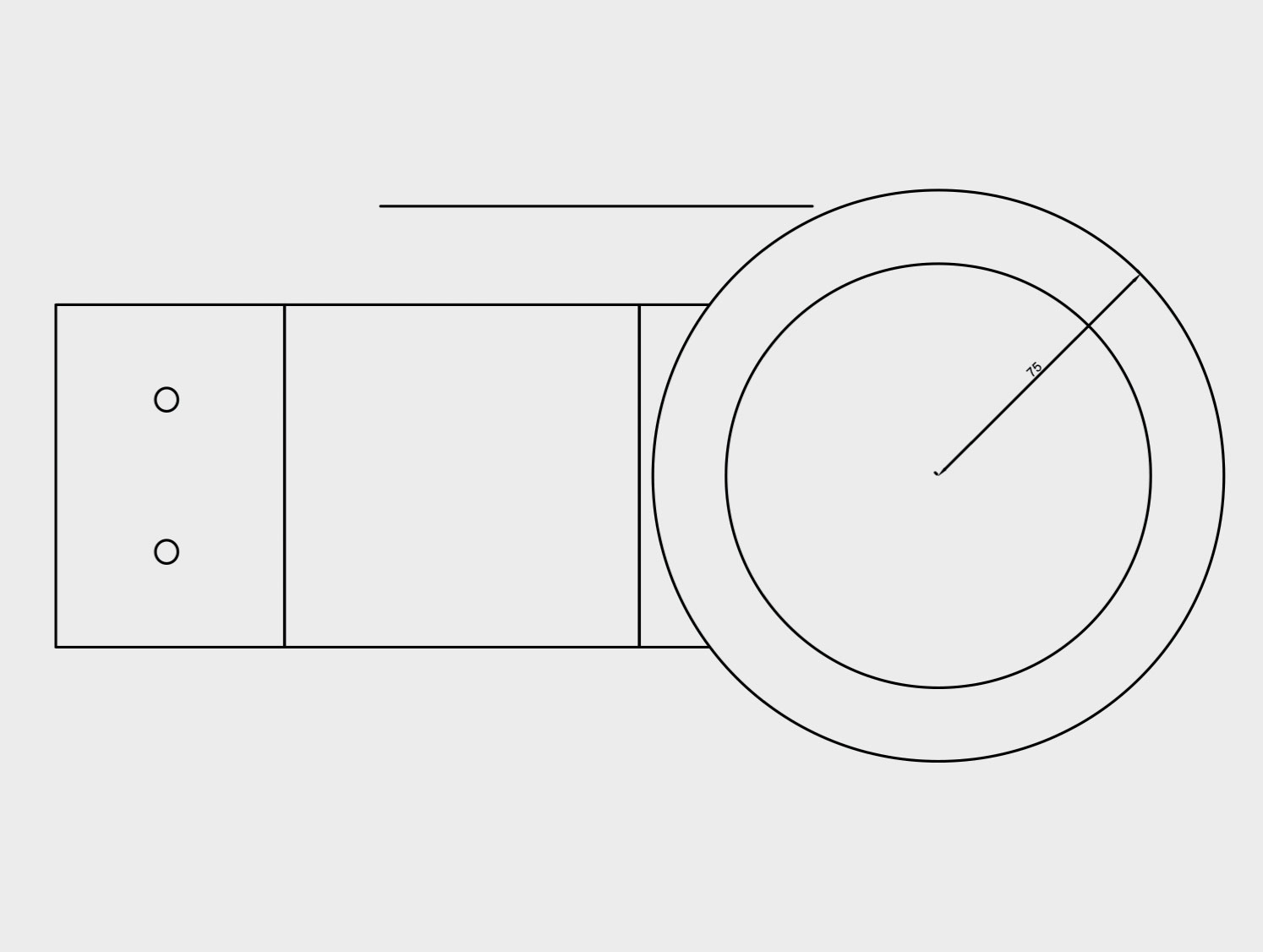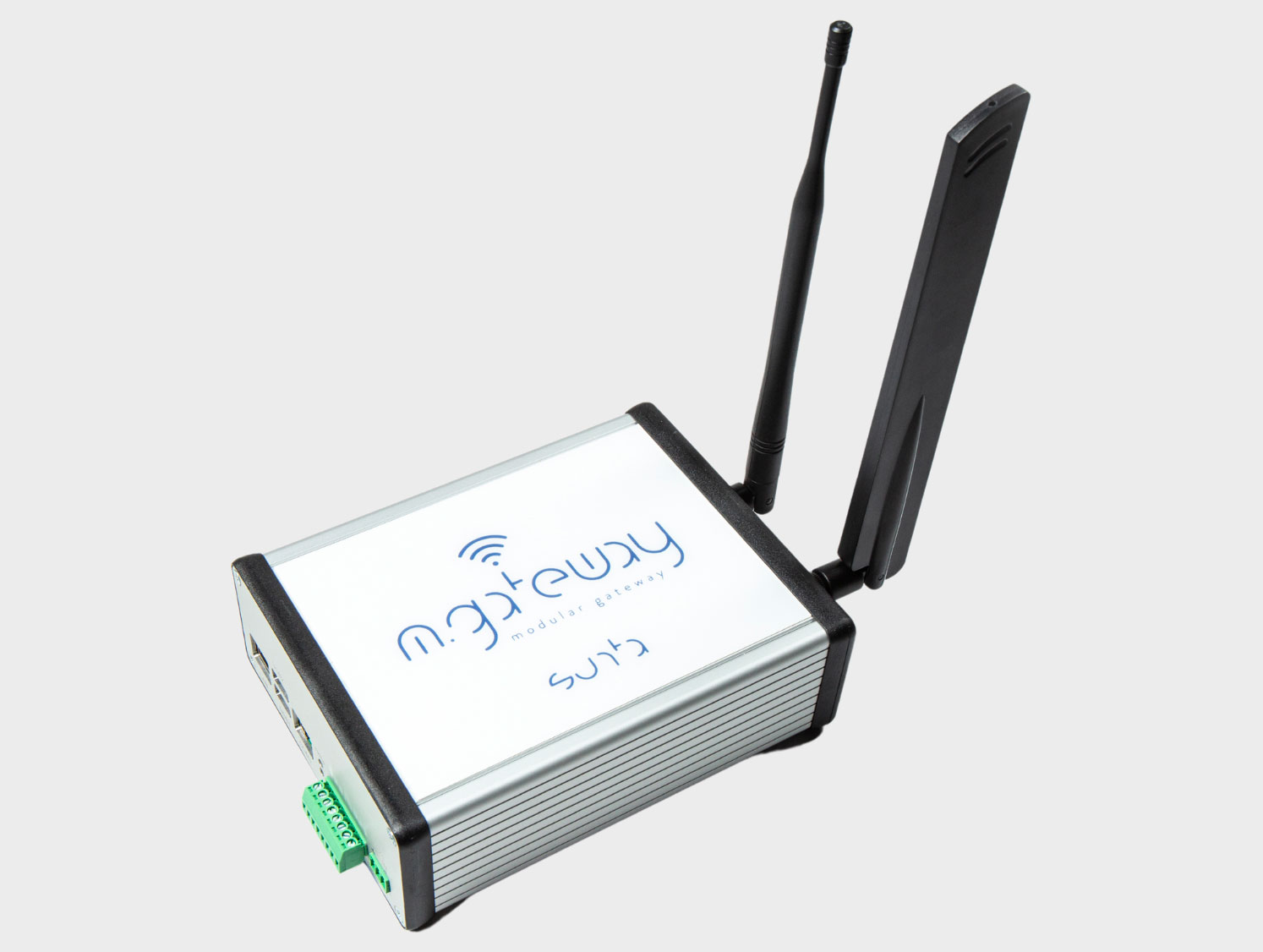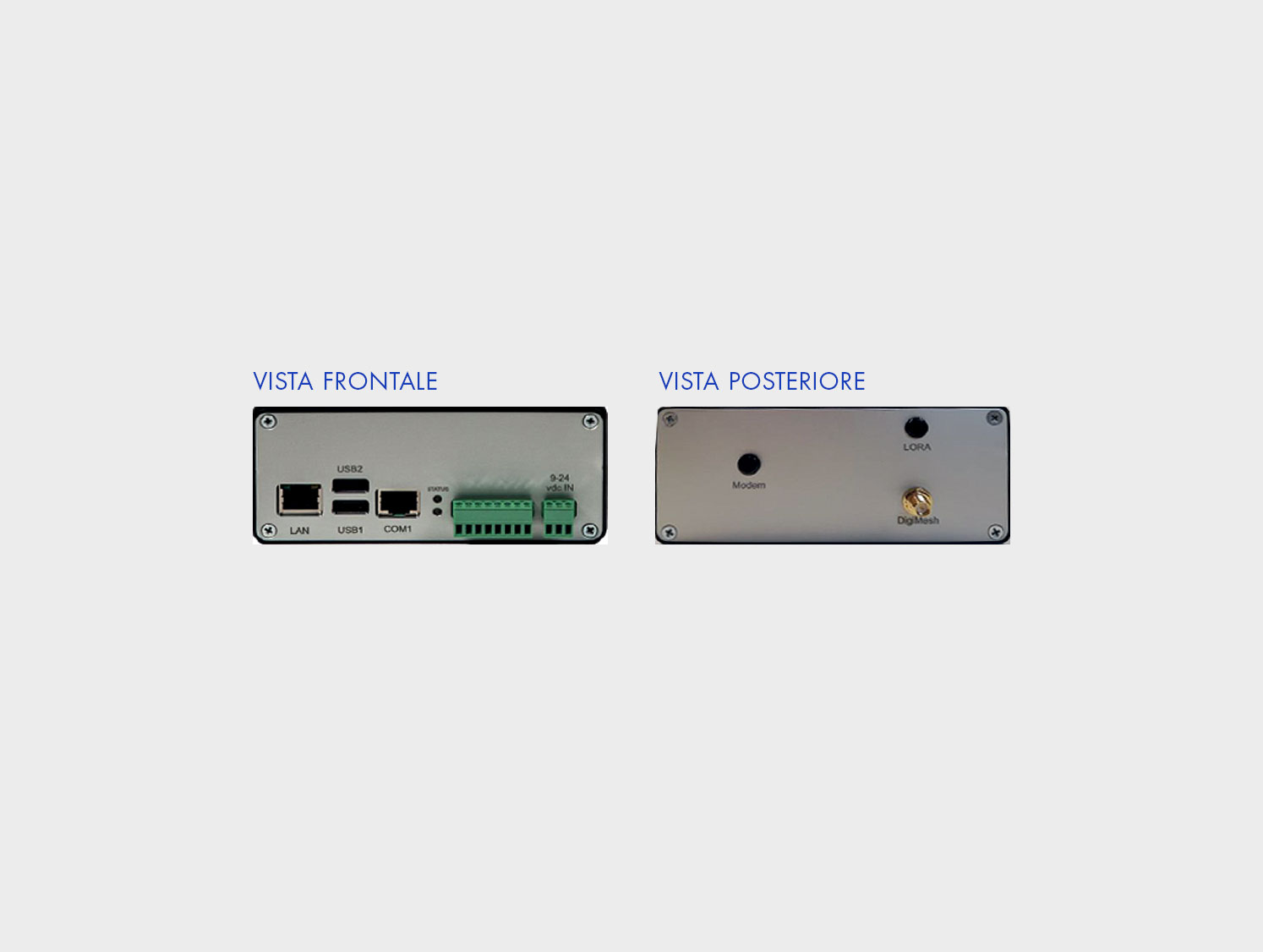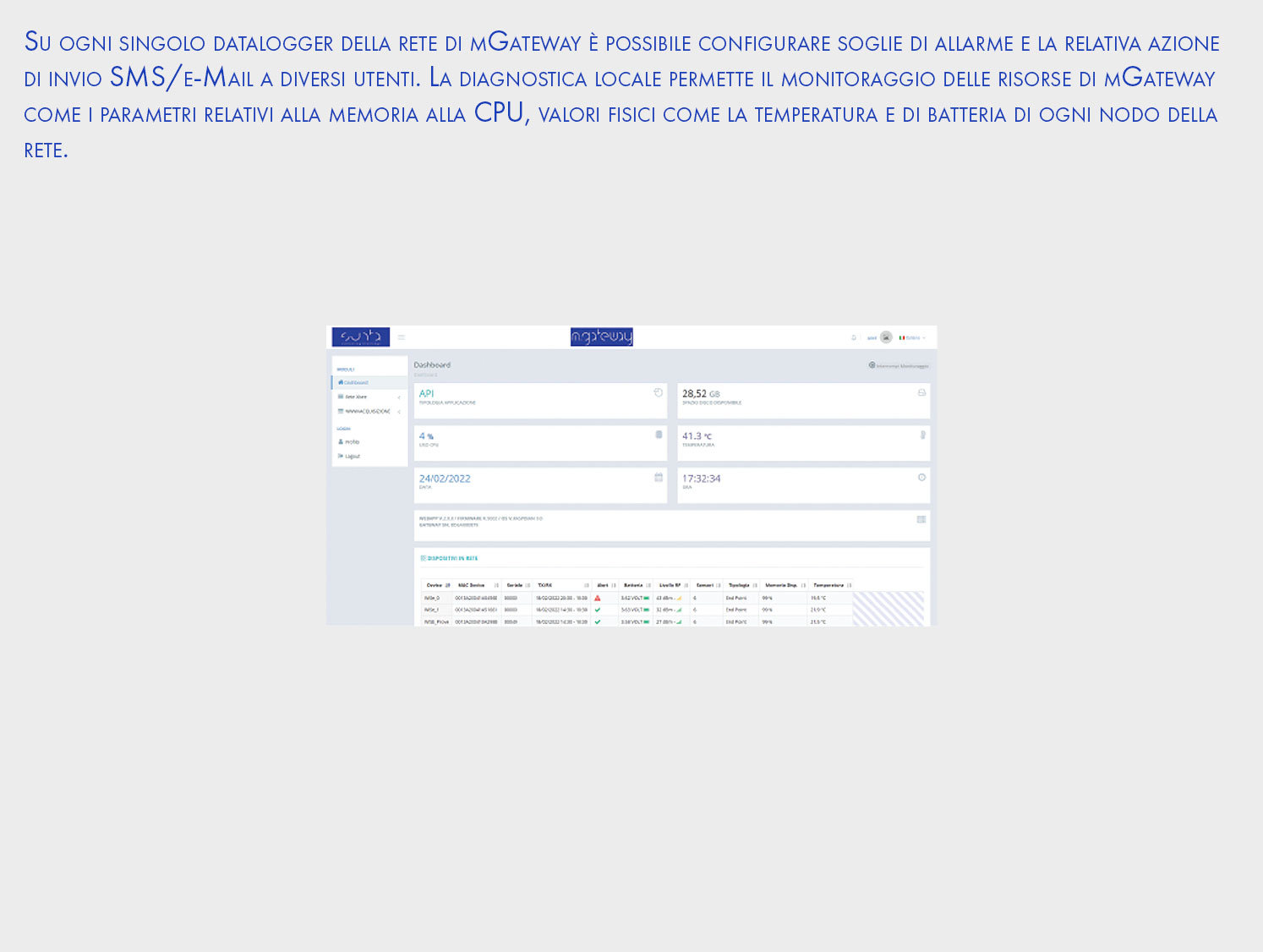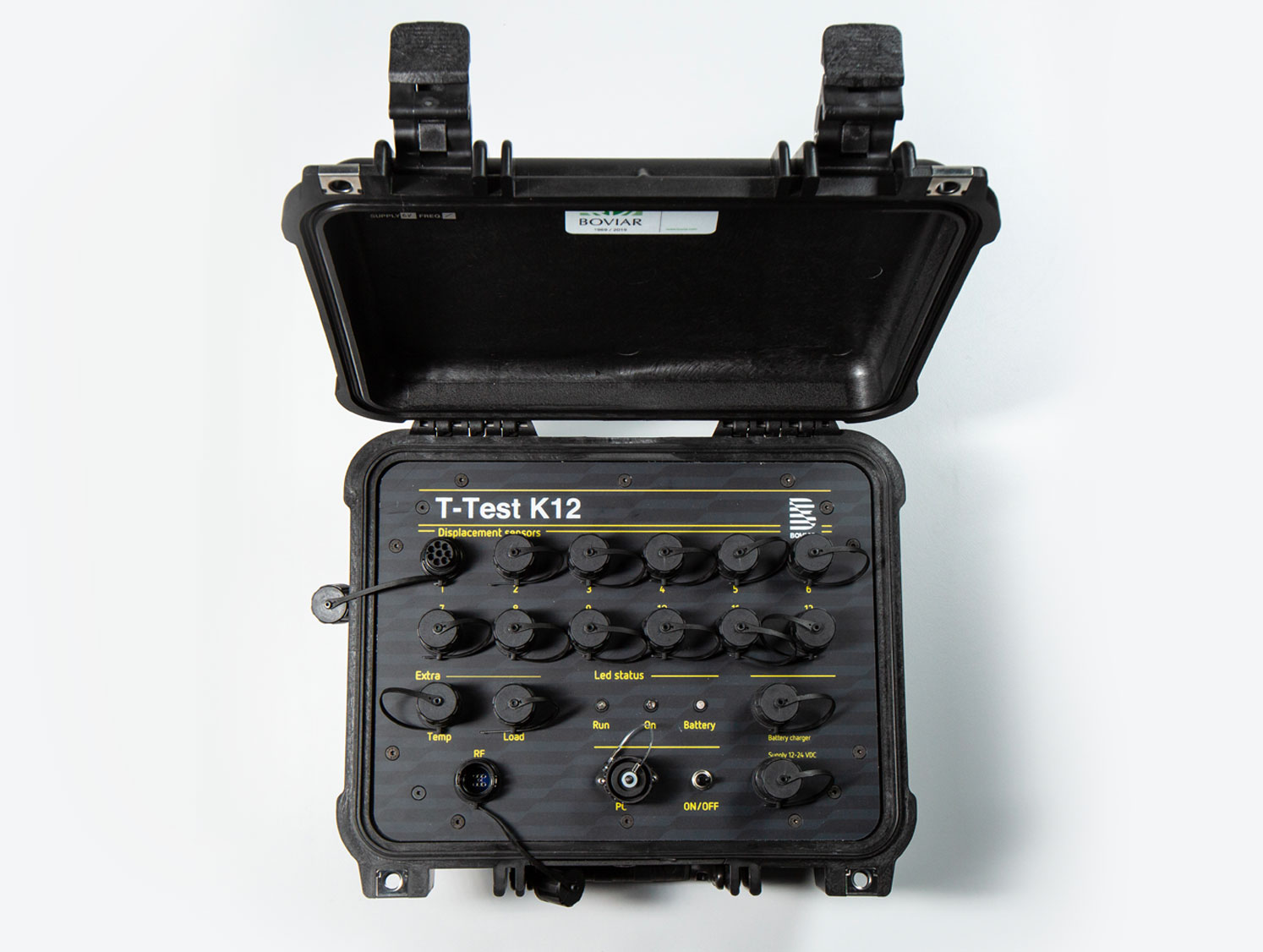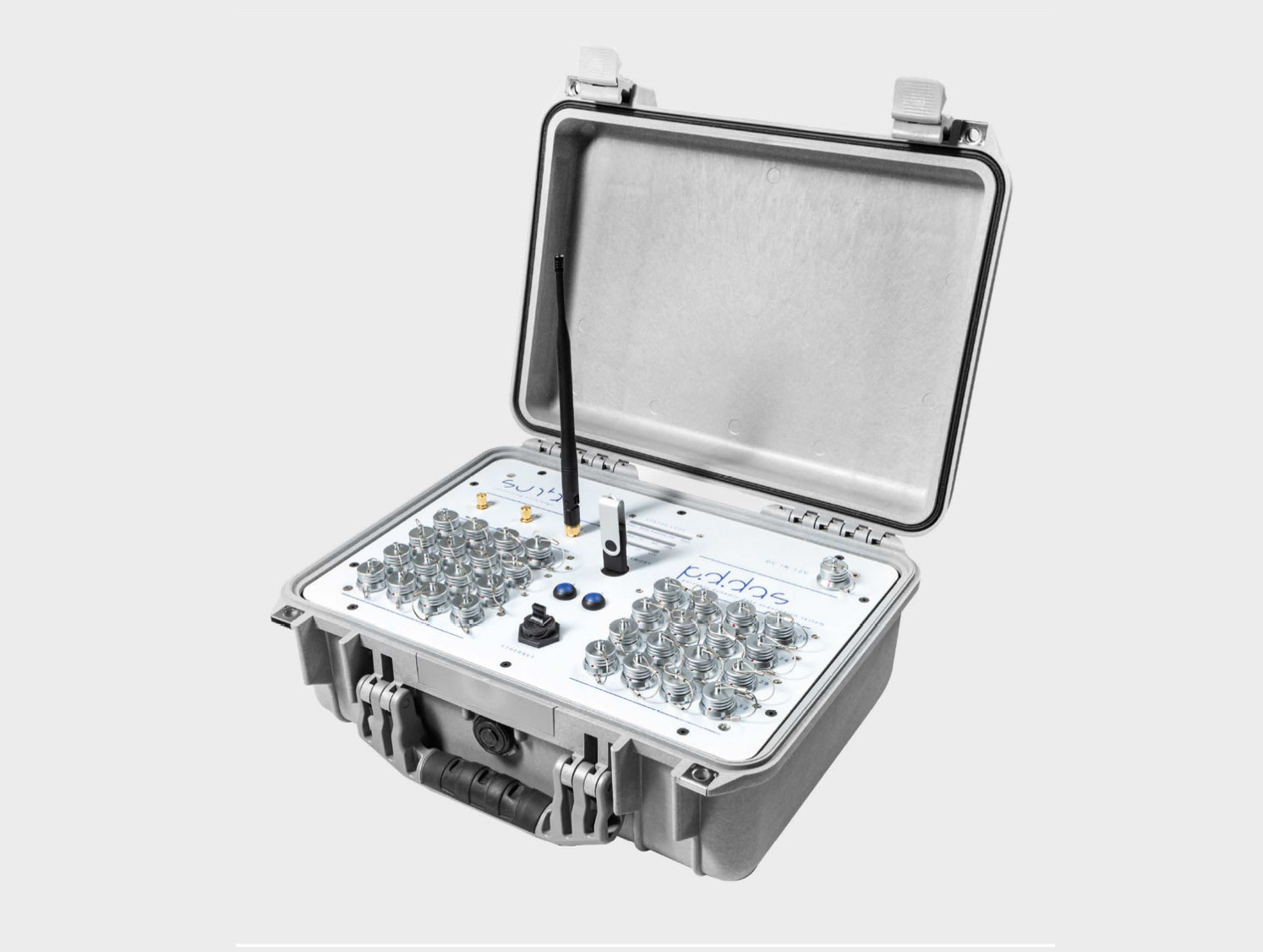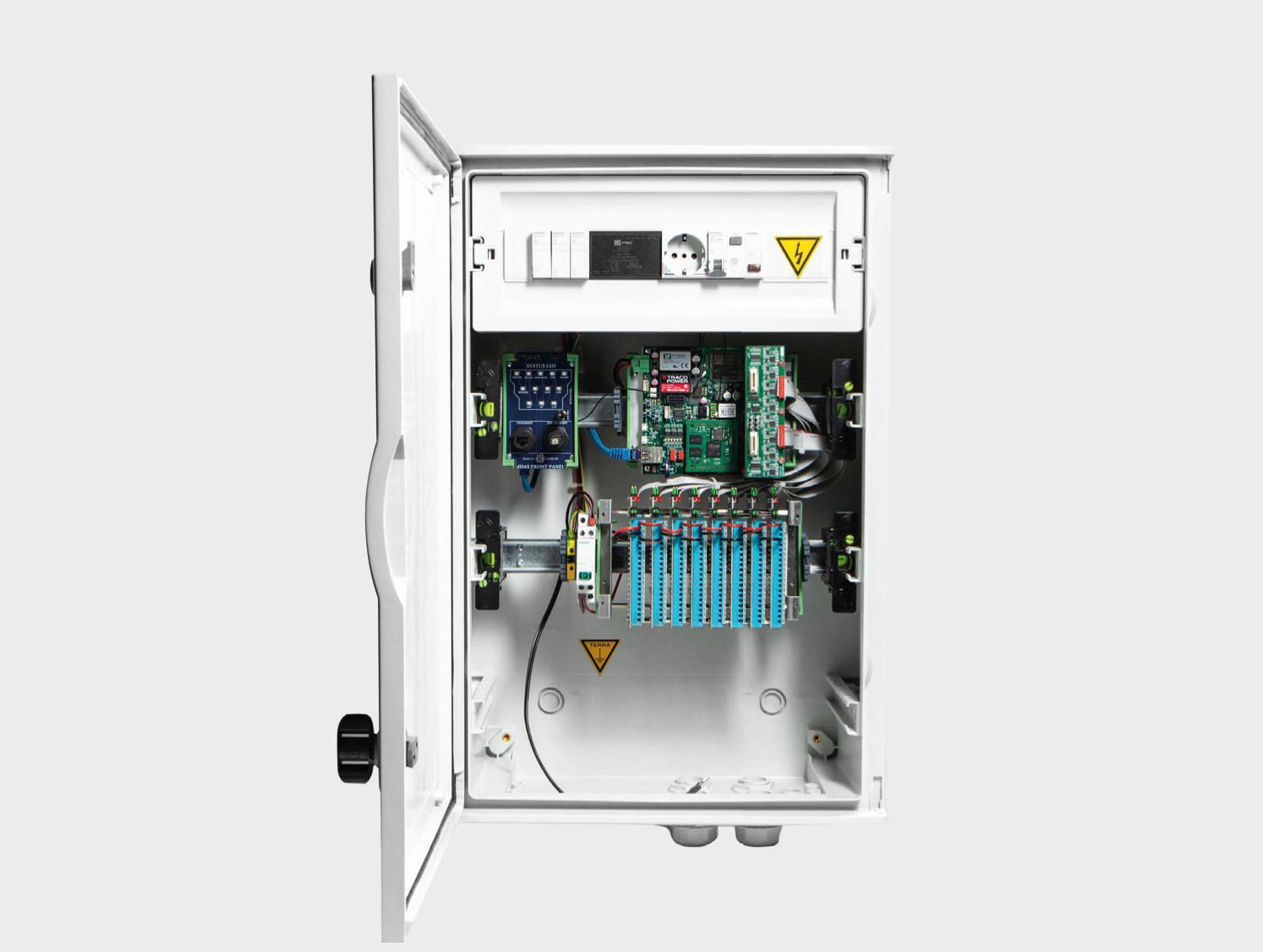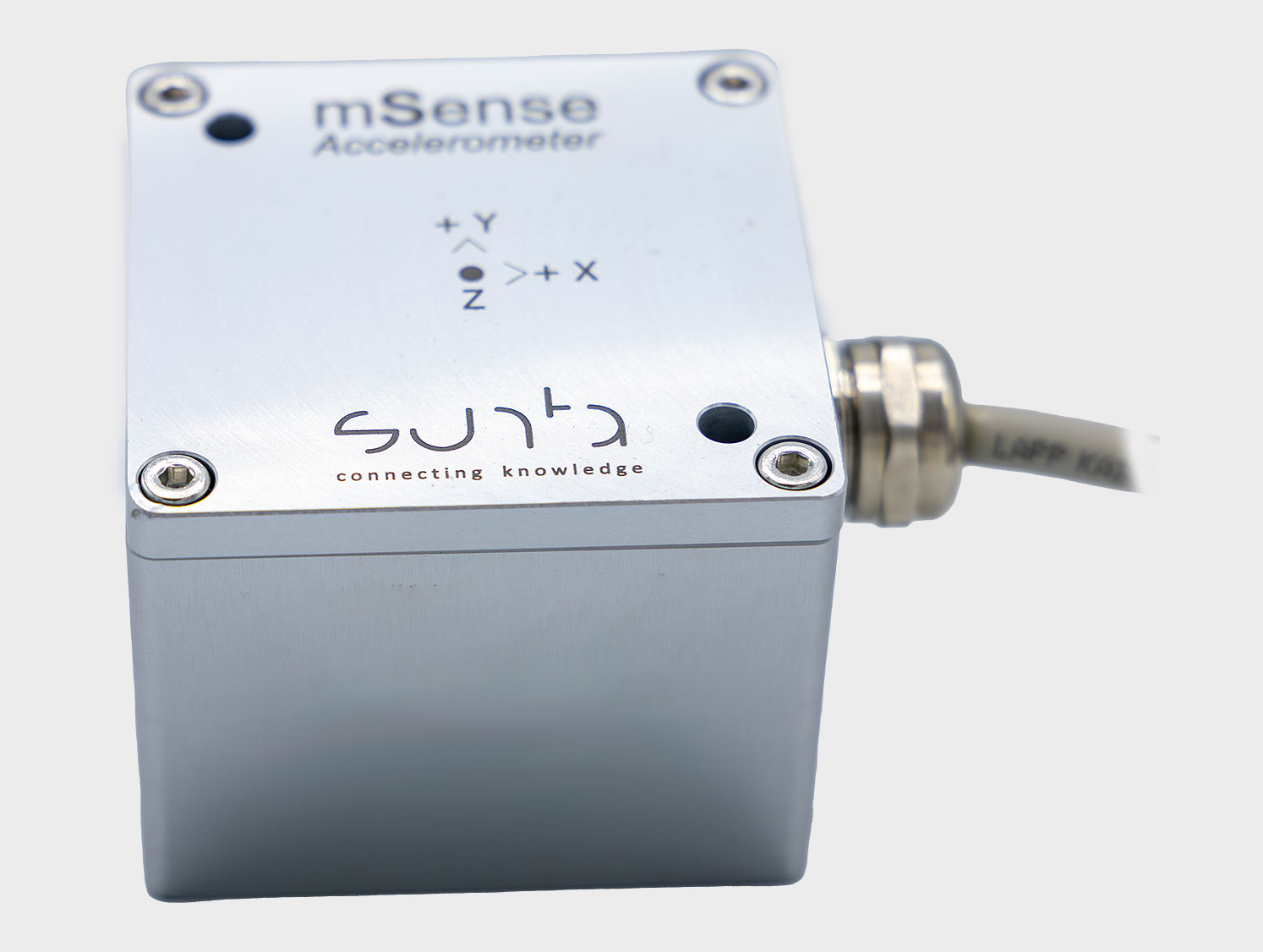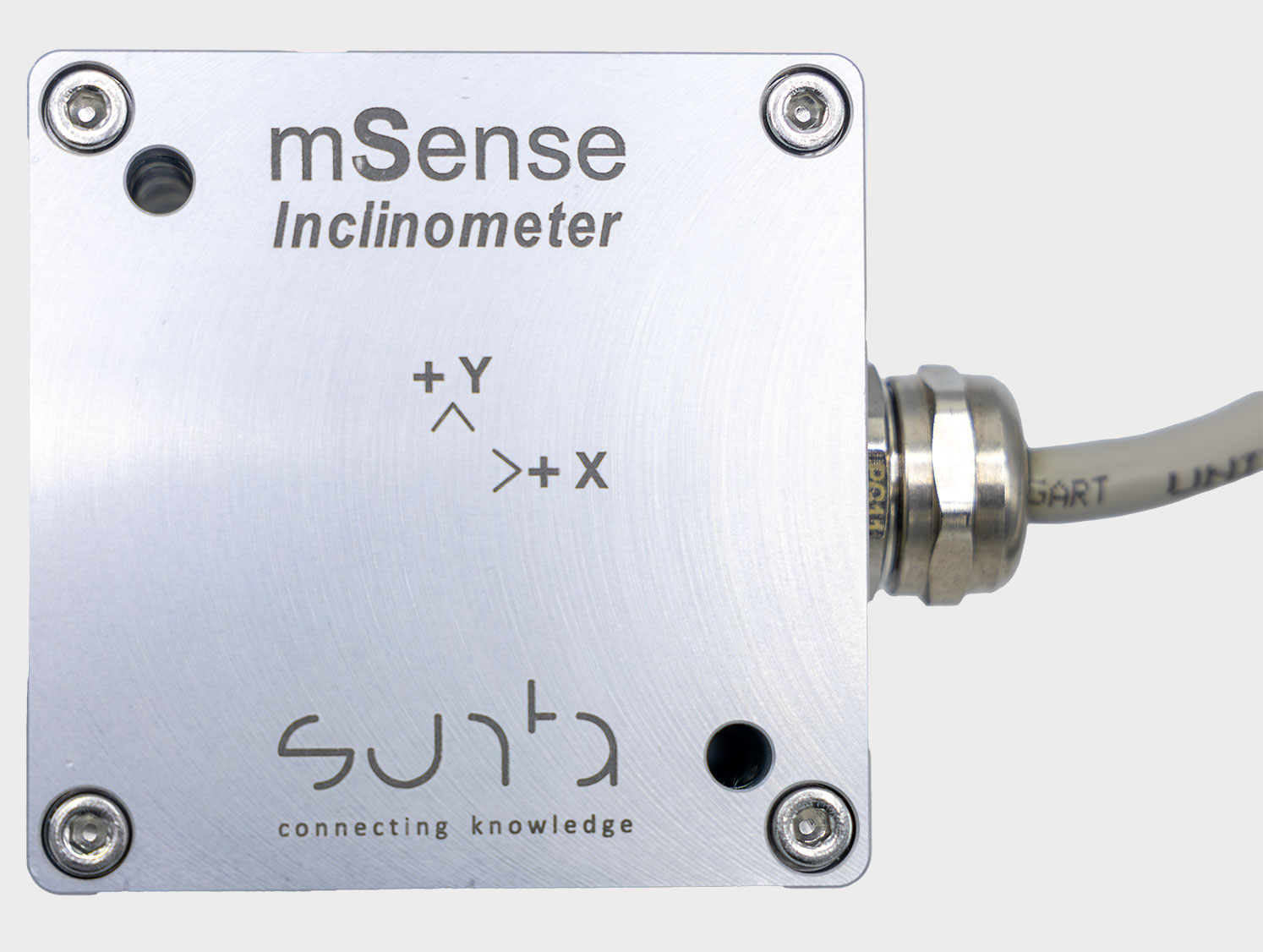The submersible temperature sensor is used submerged in water, soil, or embedded in concrete to monitor phenomena with strong temperature variations, such as day/night cycles on structures, or to compensate for thermal errors in some instruments.
– Range: -20 ÷ 80 °C;
– High resolution (0.01 °C);
– High accuracy: (± 0.3 °C typical in the range of -20° to +20°) (± 0.5 °C in the range of -20° to +60°);
– Stainless steel housing (IP68);
The sensitive element is protected by an IP68 stainless steel housing.
The instrument appears as a small stainless steel cylinder inside which the sensor is embedded and sealed with thermally conductive resins.
- Sensitive element
- Thermistor Pt100
- Material
- stainless steel
- Measurement Range
- -40…+80 °C
- Resolution
- 0.01 °C
- Power supply
- 10-30 Vdc
- Output signal
- 4-20 mA 2-wire or digital
- Protection class
- IP68
– STS temperature sensor;
– 3 m free-pole cable;
– Calibration data sheet;
Temperature monitoring in water, soil, concrete, and construction materials.
12 months
– Sheet updated on: 2024.03;
– Specifications and standards subject to change without notice;
– Check the website for the latest updates of the sheets, projects, and other product photos.

